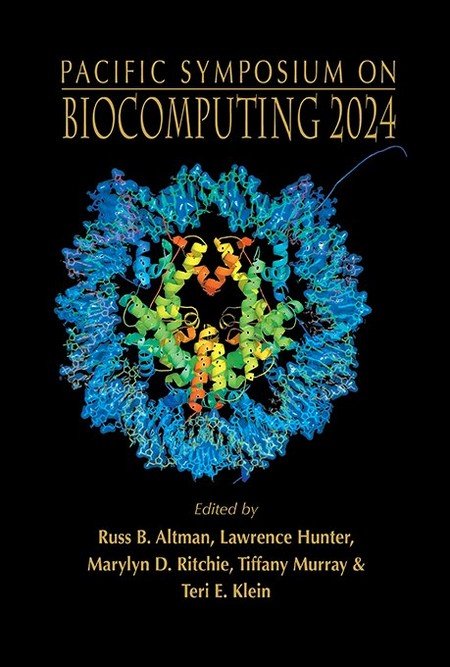BrainSTEAM: A Practical Pipeline for Connectome-based fMRI Analysis towards Subject Classification
Functional brain networks represent dynamic and complex interactions among anatomical regions of interest (ROIs), providing crucial clinical insights for neural pattern discovery and disorder diagnosis. In recent years, graph neural networks (GNNs) have proven immense success and effectiveness in analyzing structured network data. However, due to the high complexity of data acquisition, resulting in limited training resources of neuroimaging data, GNNs, like all deep learning models, suffer from overfitting. Moreover, their capability to capture useful neural patterns for downstream prediction is also adversely affected. To address such challenge, this study proposes BrainSTEAM, an integrated framework featuring a spatio-temporal module that consists of an EdgeConv GNN model, an autoencoder network, and a Mixup strategy. In particular, the spatio-temporal module aims to dynamically segment the time series signals of the ROI features for each subject into chunked sequences. We leverage each sequence to construct correlation networks, thereby increasing the training data. Additionally, we employ the EdgeConv GNN to capture ROI connectivity structures, an autoencoder for data denoising, and mixup for enhancing model training through linear data augmentation. We evaluate our framework on two real-world neuroimaging datasets, ABIDE for Autism prediction and HCP for gender prediction. Extensive experiments demonstrate the superiority and robustness of BrainSTEAM when compared to a variety of existing models, showcasing the strong potential of our proposed mechanisms in generalizing to other studies for connectome-based fMRI analysis.


